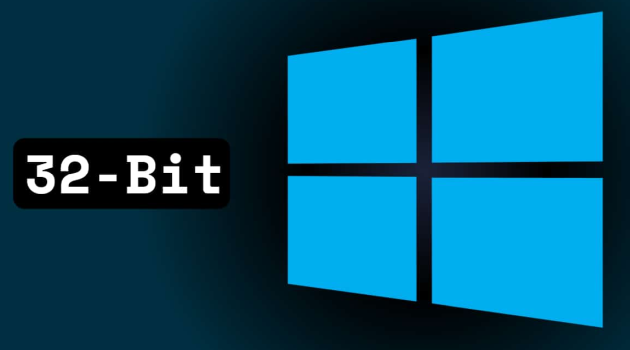Microsoft launched the delisting of its 32-bit operating systems in the market. By this move, they were umpteenth to join software vendors. The article of Kornél Girardi was published by Bitport.hu.

We may say goodbye to 32-bit systems soon. This is because Microsoft will no longer support the architecture from May. This is the end of a long era. In the field of computer architectures, the appearance of the 32-bit operating systems is dating back several decades. However, 64-bit systems only began to spread in the personal computer market from 2003, and even then slowly.
Without discussing the difference between the two technologies in deep, I have to note for readers less familiar with the subject that computers running 64-bit versions of operating systems typically have more resources, such as a more powerful processor, more memory than their 32-bit predecessors. However, the two systems are not interchangeable, so for backward compatibility reasons, vendors have been forced to keep both operating systems, the 32-bit, and 64-bit versions alive. This, in turn, meant a tedious extra work for software developers.
We said farewell to the 32-bit-Windows, too
Apple was the first to phase out 32-bit systems. In mid-2011, at the time of the release of Mac OS X version 10.7, they stopped developing 32-bit Mac OS. Since then, the software giant has not produced a 32-bit operating system but has also allowed applications compiled for a 32-bit operating system to run on the 64-bit system. Apple said goodbye to 32-bit with the release of Mac OS Catalina (version 10.15) last autumn: namely since then, it has permanently discontinued support for old applications. (IOS has permanently broken up with 32-bit apps from version 11.)
Then came the followers, with several popular Linux distributions joining Apple’s initiative in the first round. Now, Redmond is lining up, too.
The announcement of Redmond – for the time being – does not affect users who have a computer running 32-bit Windows. Microsoft will continue to provide updates for them. As you can read in the linked support document, the change primarily covers pre-installed OEM Windows software, which means that you can purchase a new PC or laptop only with a 64-bit operating system installed.
Microsoft Volume Licensing typically guarantees the flexibility to interoperate among different language versions and earlier versions. The ability to install 32/64-bit platforms is no exception, meaning that products purchased in the Microsoft Volume Licensing model continue to provide architecture-independent software use.






































